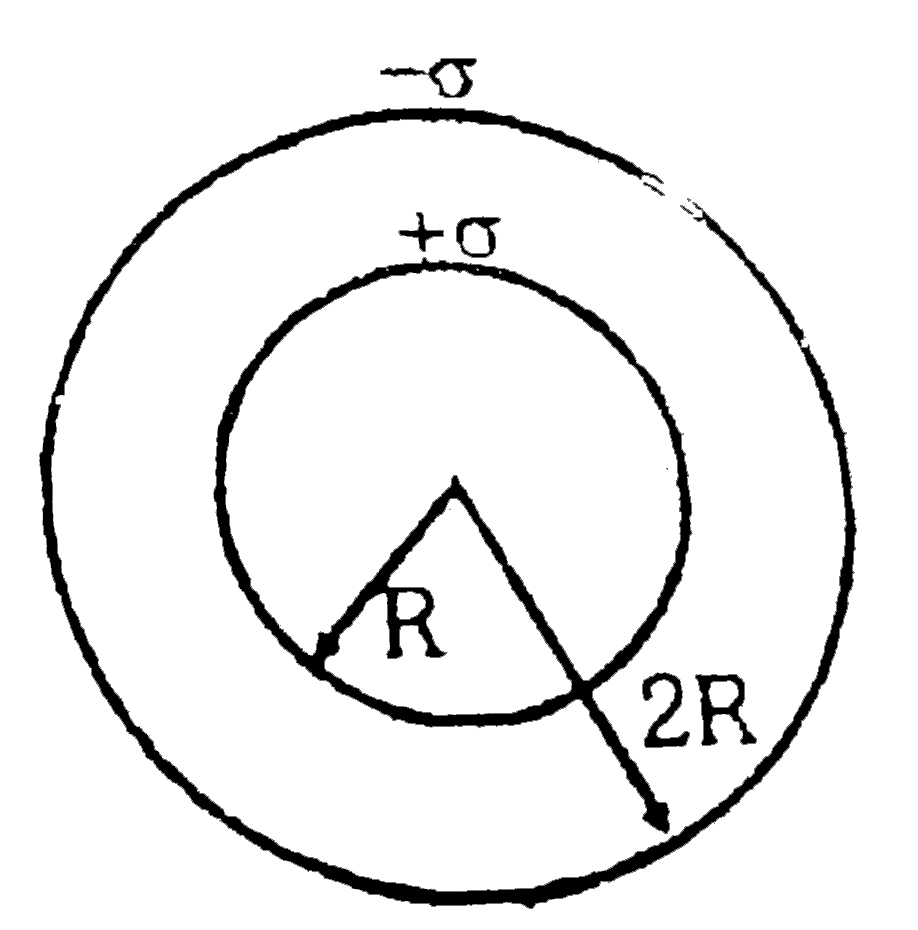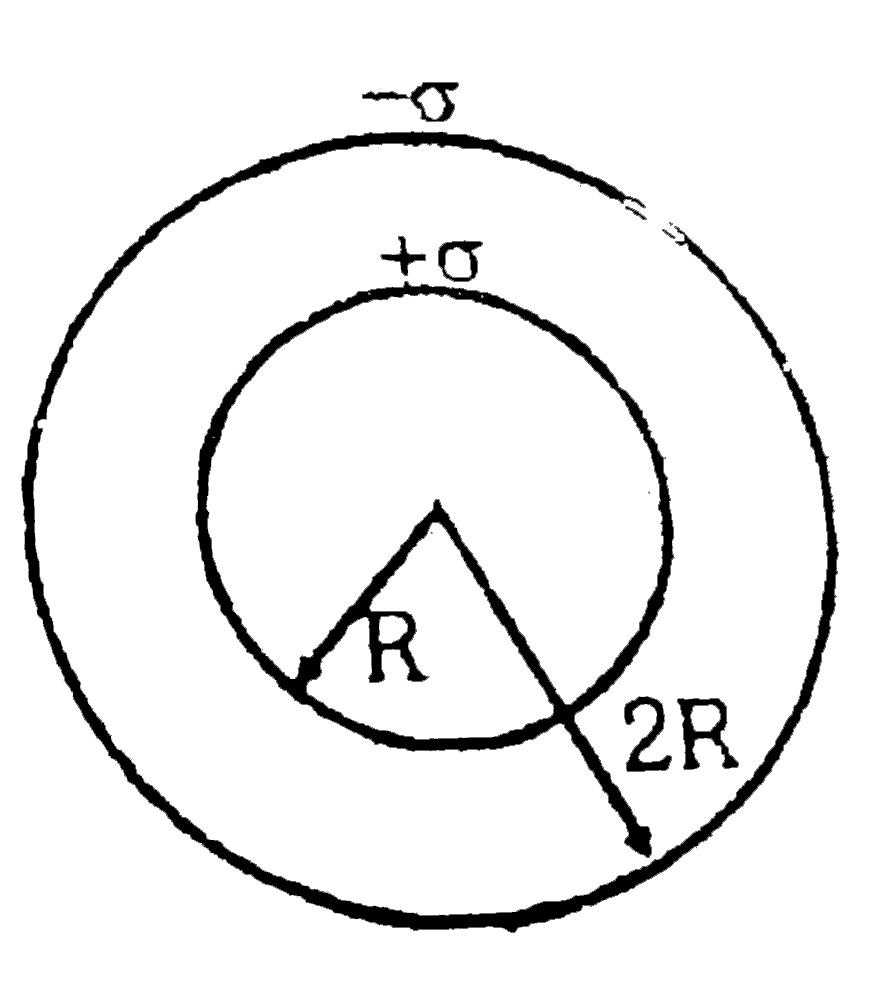During radiation, having non conducting medium between two surface may reduce transfer of heat.
Two thin blankets are better than one thick blanket in controlling effect of cold air since.
Perforation in thick blanket will be bigger
Perforation in thin blanket will be bigger
Air between thin blankets stops heat transfer
Thin balnket absorb more energy
Step by step video & image solution for During radiation, having non conducting medium between two surface may reduce transfer of heat. Two thin blankets are better than one thick blanket in controlling effect of cold air since. by Physics experts to help you in doubts & scoring excellent marks in Class 11 exams.
Updated on:21/07/2023Topper's Solved these Questions
Similar Questions
Knowledge Check
During radiation, having non conducting medium between two surface may reduce transfer of heat.
Two spheres of emissive power 0.6 and 0.8 and radii 2cm and 4cm are heated to 27∘C and 127∘C and placed in room of temperature 0K. The ratio of heat radiated per second isA0.059B0.044C0.079D0.0831It is warmer to have two thin blankets than to have a single thick blanket because
Athick blankets cannot give more warmthBtwo blankets allow more heat to pass through themCair between the two blankets is a good conductor of heatDair between the thin blankets does not allow heat to pass through it since it is a bad conductorWhy two thin blankets put together are warmer than one blanket of double the thickness ?
AConductivity depends upon thicknessBTwo blankets enclose a layer of air between themCOne blanket closes the pores in the otherDBecause of some reason other than those mentioned above
Explain the following:
Two thin blankets one over the other can warm us better than a single blanket of double thickness.
View SolutionA black plane surface at a constant high temperature Th, is parallel to another black plane surface at constant lower temperature Tl. Between the plates is vacuum. In order to reduce the heat flow due to radiation, a heat shield consisting of two thin black plates, thermally isolated from each other, it placed between the warm and the cold surfaces and parallel to these. After some time stationary conditions are obtained. By what factor ≠ta is the stationary heat flow reduced due to the presence of the heat shield? Neglect end effects due to the finite size of the surfaces.
View SolutionSurface charge densities of two thin concentric spherical capacitors or shells are given as σand−σ. The radii are R and 2R. The concentric capacitors are connected by a thin conducting wire. The entire charge on the inner miner transfers to the outer caspacitor and potential difference between them becomes zero. final potential of each capacitor will be
View SolutionWhen two concentric shells are connected by a thin conducting wire, whole of the charge of inner shell transfers to the outer shell and potential difference between them becomes zero. Surface charge densities of two thin concentric spherical shells are σ and −σ respectively. Their radii are R and 2R. Now they are connected by a thin wire.

Suppose electric field at a distance r(>2R) was E1 before connecting the two shells and E2 after connecting the two shells, then ∣∣∣E2E1∣∣∣ is :-
View SolutionWhen two concentric shells are connected by a thin conducting wire, whole of the charge of inner shell transfers to the outer shell and potential difference between them becomes zero. Surface charge densities of two thin concentric spherical shells are σ and −σ respectively. Their radii are R and 2R. Now they are connected by a thin wire.

Suppose electric field at a distance r=3R2 was E1 before connecting the two shells and E2 after connecting the two shells, then ∣∣∣E2E1∣∣∣ is :-
View Solution
